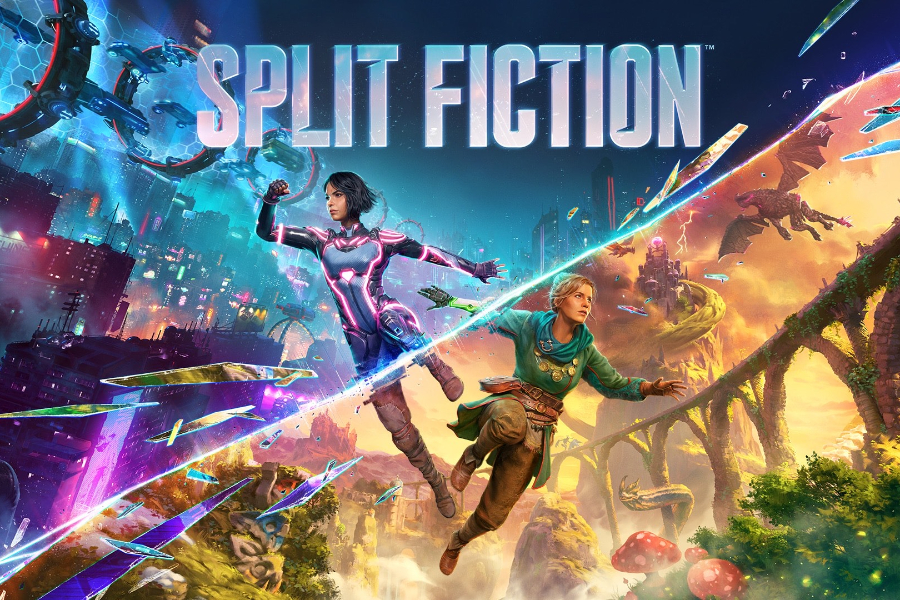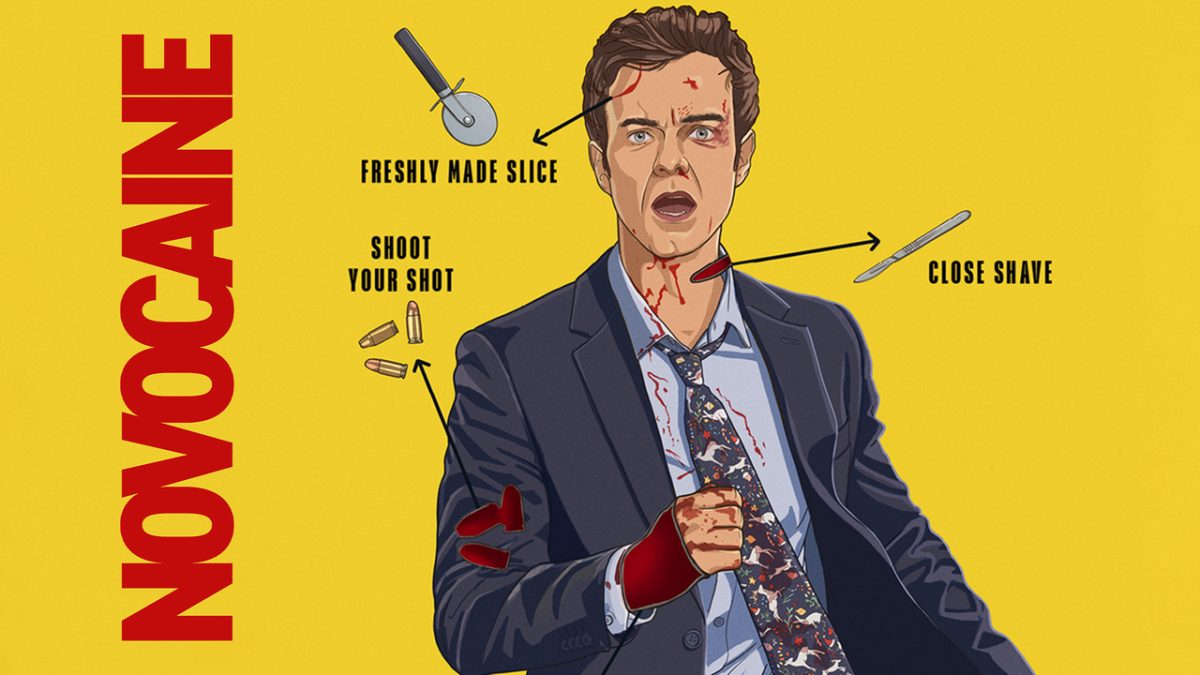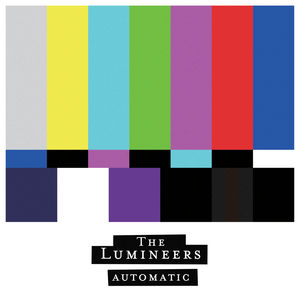Hazelight Studios has been at the forefront of the asymmetrical co-op genre with previous titles such as A Way Out and 2021 Game of the Year It Takes Two. Their latest title Split Fiction includes some of the same magic as previous games, but it has narrative weaknesses that their past projects don’t.
The action-adventure platformer game follows two passionate writers, Mio Hudson (Kaja Chan) and Zoe Foster (Elsie Bennett), who are two of six authors invited to Rader Publishing’s headquarters to test a new machine. When Mio sees the machine in person, she has second thoughts and Rader Publishing’s outraged CEO J.D. Rader (Ben Turner) accidentally shoves her into the same chamber of the machine as Zoe. The unlikely duo is forced to work together when they realize they are stuck in a simulation while “The Machine” steals their stories and ideas.
In Split Fiction, 2 players alternate between science fiction and fantasy worlds, using teamwork to avoid obstacles and dispatch enemies. Following along with Hazelight’s previous work in the genre, each player will have unique but corresponding abilities with their counterpart.
The game consists of eight chapters: an introduction, six main chapters, and an ending. Each chapter introduces a new asymmetrical mechanic that makes the players collaborate to get through the level.
Although the platformer elements are well executed and present throughout the game, they become repetitive and predictable as the game goes on. This issue was especially prevalent for the boss fights, many of the bosses in the game use the exact same types of attacks, just reskinned and rearranged. The new mechanics of each chapter help this problem by keeping some parts of the combat fresh but they don’t remedy it.
During the first few chapters I was underwhelmed and disappointed with boring mechanics and bland characters but the gameplay and story improved as the game progressed. Despite the improvements to the plot, it still fell short of Hazelight’s previous titles A Way Out and It Takes Two. I failed to truly connect with either of the characters and found the dialogue cringeworthy at times.
In the final few chapters it felt like the developers finally remembered how to make a great game and pulled out all the stops, introducing extremely interesting and unique mechanics while embracing the core identity of the game and bringing it to its conclusion.
If the entirety of Split Fiction was as good as the ending, it would rival Hazelight’s 2021 Game of the Year It Takes Two, but it’s slow, predictable beginning seems to forget the core elements of asymmetrical co-op and holds it back from achieving that potential. Besides the slow start, Split Fiction seemed to ironically suffer from poor writing even into the later sections.
I would happily recommend Split Fiction to anyone who enjoys co-op platformers or is looking for a fun one on one activity with a friend. However, I’d also brace them for some slightly boring first chapters and let them know that they can skip the cutscenes: they’re not missing anything worthwhile.
7.5/10







